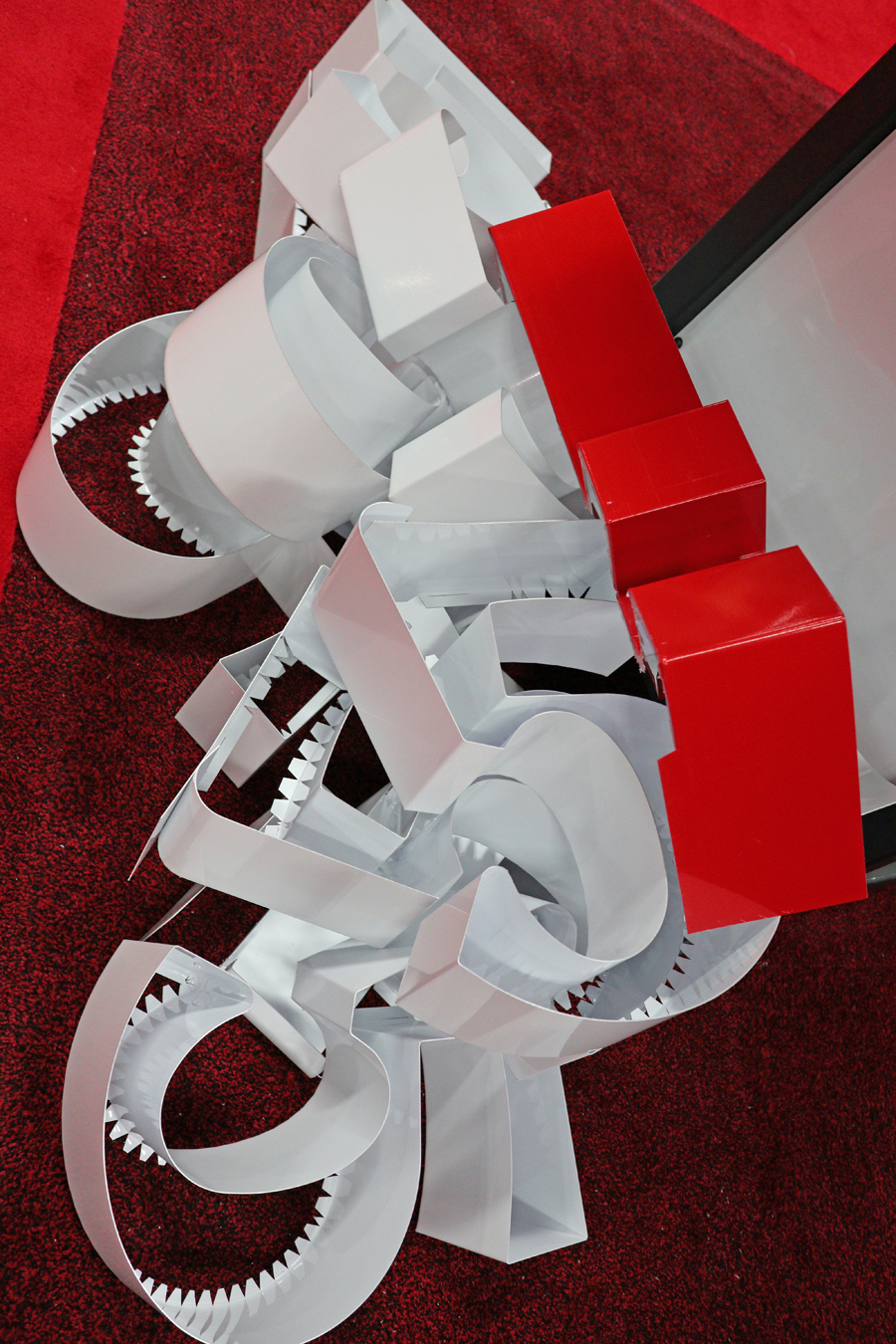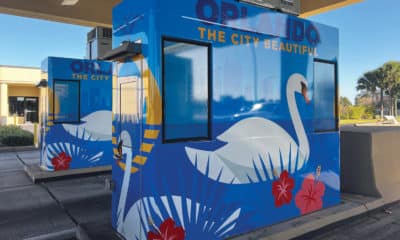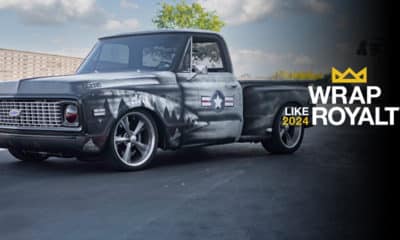Automation has upgraded many sign industry processes over the past 20 to 30 years and one process that has truly been revolutionized by automation is the creation of channel letter components. While still practiced in some shops, the manual creation of letters and logos requires craftspeople who are skilled with manual tools and sheet-metal jigs to strong-arm shapes out of coiled aluminum. In addition to time and labor costs, hand-working large and repeat order channel letters is difficult to manage, but, on the bright side, today’s automated channel letter bending machines have robotized most of the tasks while cutting labor costs by much as 85%. So, if you are looking to get into this market or expand your current operation, what gear do you need?
A basic, illuminated-front channel letter comprises some typical components: the back (typically aluminum), the return (the sides or “can”), the face (typically translucent acrylic), the trim cap that holds the face in place (though some systems allow for trimless fitting) and lighting (typically LED). Automating, as noted above, speeds and economizes the process. Our equipment recommendations vary with your budget, but importantly, to cut the faces and backs, you need a CNC router. However, the router-design files easily transfer to any bending equipment; thus, an advantage of an automated system is that artwork is created only once and the same files are used to create the backs, faces and returns.
Depending on your budget and equipment choices, the return can be created in a fully or semi-automated process. One method is to use an automated notcher and a sheet-metal brake. This method is still much faster than manual fabrication, but it requires a skilled brake operator. The notcher will accept the design file and automatically notch the returns (sides) in the region where bends are to be made. It will also emboss dimples near the notches, to cue the brake operator of a positive or negative bend.
An upgraded method of fabricating returns is to choose a fully automated bender. These machines accept the artwork files and will automatically shape out the notched returns. In the past, such machines were quite large and expensive, but recent, smaller models (with a footprint roughly the size of a 4 x 8-ft. router) can produce up to 100 letters per day. The smaller machines also have smaller price tags.
An optional piece of equipment to consider is a clincher because it joins the back to the return by pressing (clinching) the overlapping metal together. Clinchers can greatly reduce the time it takes to create a letter.
Finishing the channel letter face takes place manually (after installing the lighting system manually), but you can buy time-saving devices that notch and cut the cap to length. We’ve also seen trimless mounting systems that use a lipped face and special adhesive.
Advertisement
A thermoforming machine is another time saver, and it also provides you with a unique channel letter option by adding depth and shape to the letter face. A thermoforming machine heats your translucent face material – generally a plastic sheeting material – to a point of pliability and then overlays – and vacuum forms it – over a three-dimensional letter or graphic die. The die can be made with your CNC router. Such faces require that you to trim the excess plastic, which is easily done with hand trimmers or a jig or saber-type saw.
As you can see, automation has nicely transformed channel letter production, which indicates this may be a great time to get into the business.



 Business Management7 days ago
Business Management7 days ago
 Women in Signs1 week ago
Women in Signs1 week ago
 Dale Salamacha2 weeks ago
Dale Salamacha2 weeks ago
 True Tales2 weeks ago
True Tales2 weeks ago
 News2 weeks ago
News2 weeks ago
 Editor's Note5 days ago
Editor's Note5 days ago
 Maggie Harlow2 weeks ago
Maggie Harlow2 weeks ago
 Line Time1 week ago
Line Time1 week ago







